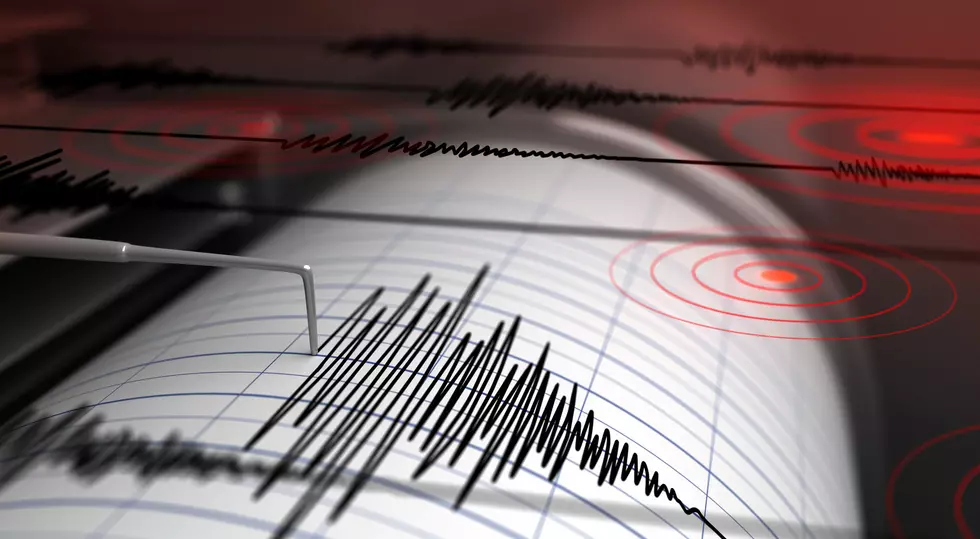
After court ruling, Missoula County seeks clarity on how to levy extra state mills
Martin Kidston
(Missoula Current) A Montana Supreme Court decision siding with the state in its push to levy more education mills than most counties believed was right now has local treasurers across the state taking a wait-and-see approach on what their next step will be.
In its decision last week, the court ordered counties to levy the full 95 school equalization mills, even as most Montana counties levied 77 mills under their interpretation of how mills are capped when the state increases taxable values, as it did this year.
The difference between 77 mills and 95 mills will net the state roughly $80 million more in tax collections.
“We’re disappointed in the court’s decision, as we believe the state should also be subject to its own rules intended to protect Montana homeowners from massive property tax increases,” Missoula County commissioners told the Missoula Current in a statement. “We’re awaiting guidance from the Montana Association of Counties on next steps.”

Missoula County, as has other counties, issued tax bills to residents earlier this month. Most counties did so based on 77 education mills, not 95 mills as demanded by the state.
Tyler Gernant, the county’s clerk and treasurer, said the additional taxes will be collected somehow, though the process isn’t yet clear. Property owners could be assessed the additional state taxes in their second tax bill, or receive another tax bill to ensure the state gets its revenue full all 95 mills.
“My basic understanding is that the Montana Association of Counties has 15 days to request a rehearing on the court’s decisions,” Gernant said. “I’ve reached out to our software provider to find out what our options are in regards to re-billing. It would be my preference to send out a new tax bill that has that amount added on to the second half. But I don’t know if that’s going to be feasible or allowable. It’s sort of of wait and see.”
Along with other counties, Missoula County commissioners in early October opted to levy just 77 mills, not the 95 mills sought by the state. Counties believe the state should be subject to the same rules it places on local governments in capping mills when taxable values climb.
This year, the state raised the taxable value of homes by an average 41%, and while the county was forced to cap its local mills as a result, the state has refused to cap its education mills, and property owners will be required to pay them in full.
Gov. Greg Gianforte praised the Montana Supreme Court’s decision.
“I appreciate the Montana Supreme Court bringing clarity to the law around the 95 public school mills which the state collects and returns in full to school districts,” Gianforte said in a statement. “We have an obligation, both constitutional and moral, to ensure each Montana child has access to a quality education, and we won’t defund our public schools.”
Gernant said treasurers in counties across Montana have a Zoom meeting planned this week to bring clarity on how to recover the mills demanded by the state.
The fight over mills, rising property values, spiking property taxes and the pressure it has placed on home-owners has become a political hot potato this year. Gianforte has pointed to local governments for spending too much while counties believe the state has become greedy in its taxation.
It also has created a tax-collecting mess, Gernant said.
“It was going to be a big mess regardless,” Gernant said. “There’s some counties that milled the full 95 and were going to hold it in escrow until the case was resolved. If it was resolved in favor of the counties, then they would have had to issue individual refunds, which also wouldn’t have been a very good solution. The goal is to try and do this as uniformly across the state as possible.”
LOOK: Highest-paying jobs in Missoula
Gallery Credit: Stacker
More From Newstalk KGVO 1290 AM & 98.3 FM









